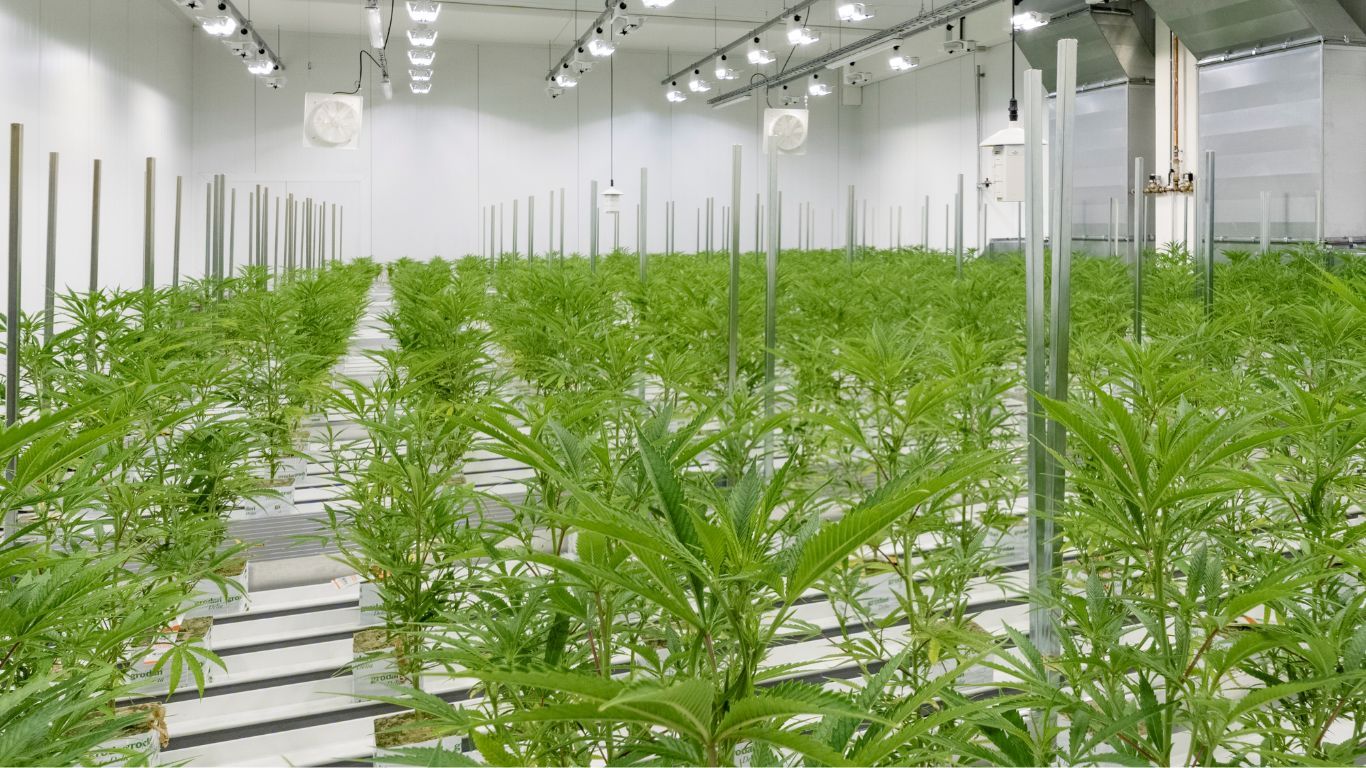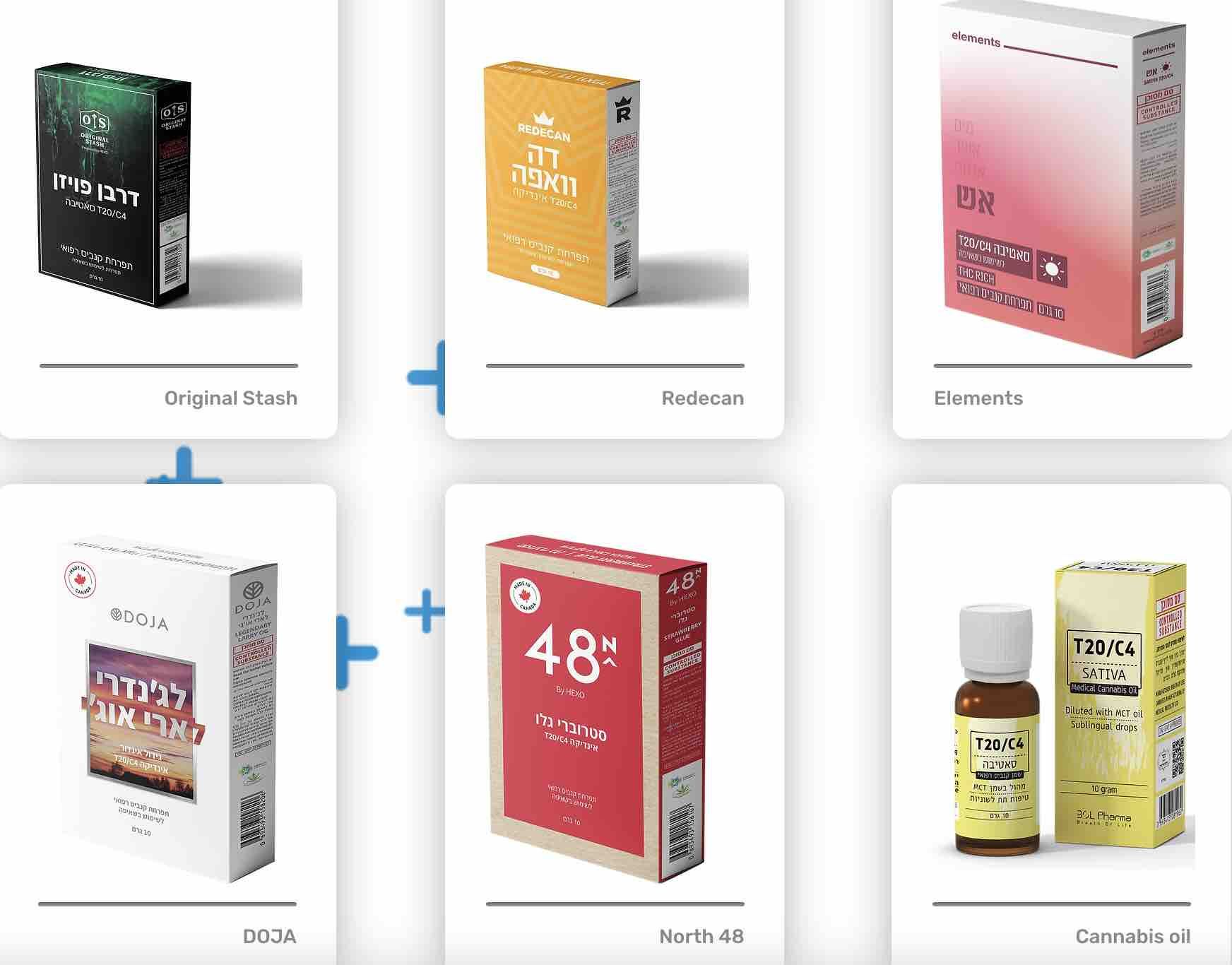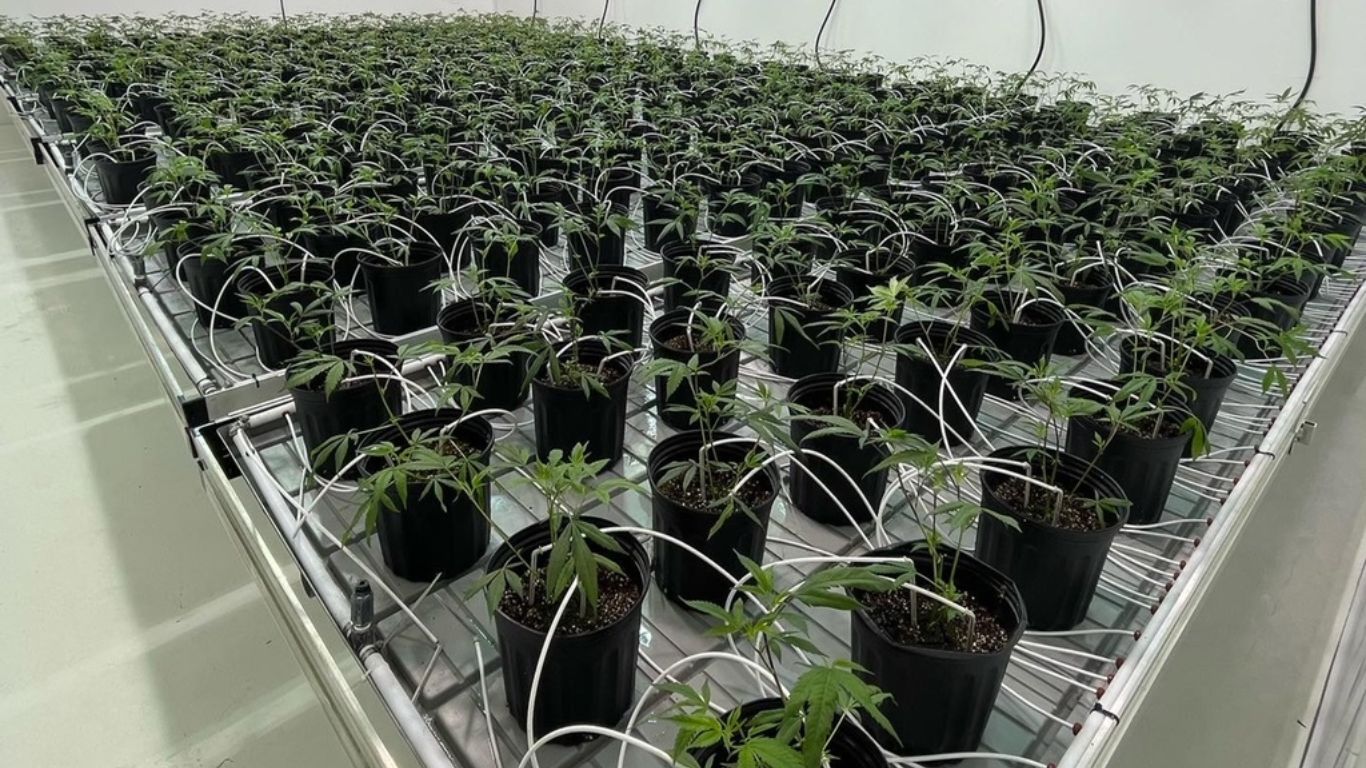
Quebec cannabis survey shows cannabis use increased among Quebecers over the age of 25, but declined among 15- to 17-year-olds.
The survey, the third annual survey of its kind, shows that while the proportion of cannabis users in the province over the age of 15 who admit to cannabis use has increased by about 6%, among those in the 15-17-year-old range actually decreased by about 3%. Overall increases were driven by those over the age of 17.
The 2021 edition of the Québec Cannabis Survey was released today by the Institut de la statistique du Québec.
For the age range of 18-24, the percentage of Quebecers admitting to cannabis use in the survey increased by 4% since legalization. For those aged 25-34, the increase was 10%, while 35-54 increased by 8% and those 55 and over increased by 4%.
Quebec has the highest legal age of access in Canada at 21. All other provinces are 19, except Alberta which allows anyone 18 and over to buy and consume cannabis.
Of those who reported cannabis, 40% said they used it less than one day per month, 19% said they used it 1 to 3 days per month, 19% said they used cannabis 1 to 6 days a week, while 15% said they used cannabis on a daily basis.
CVOID-19 is considered a factor for much of the increase. About 20% of Quebecers who used cannabis in the past year, 24% said they increased their cannabis consumption because of the pandemic. Another 72% reported no change in use and 4% reported a decrease in use.
The survey says it has not found significant changes in the types of consumers since 2018.
The survey was conducted between February and June 2021. More detailed results from the third edition will be available in April 2022.
Quebec’s Ministry of Health and Services mandated the Institut de la statistique du Québec to conduct these annual surveys to measure the impact of legalization on the province. The first was in 2018, measuring use prior to legalization, the second in 2019, the third in 2021. The COVID-19 pandemic meant the third survey was delayed by a year.
The 2018 and 2019 surveys both had about 10,200 respondents, while the 2021 survey had 14,034.













